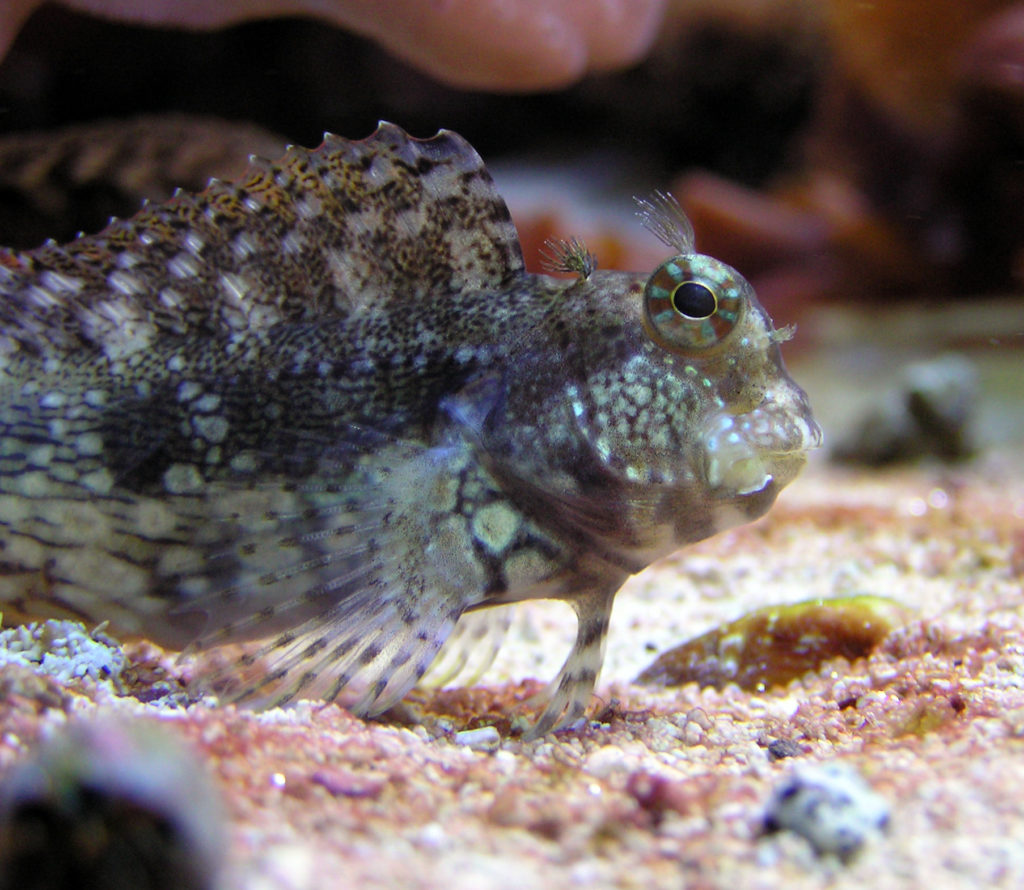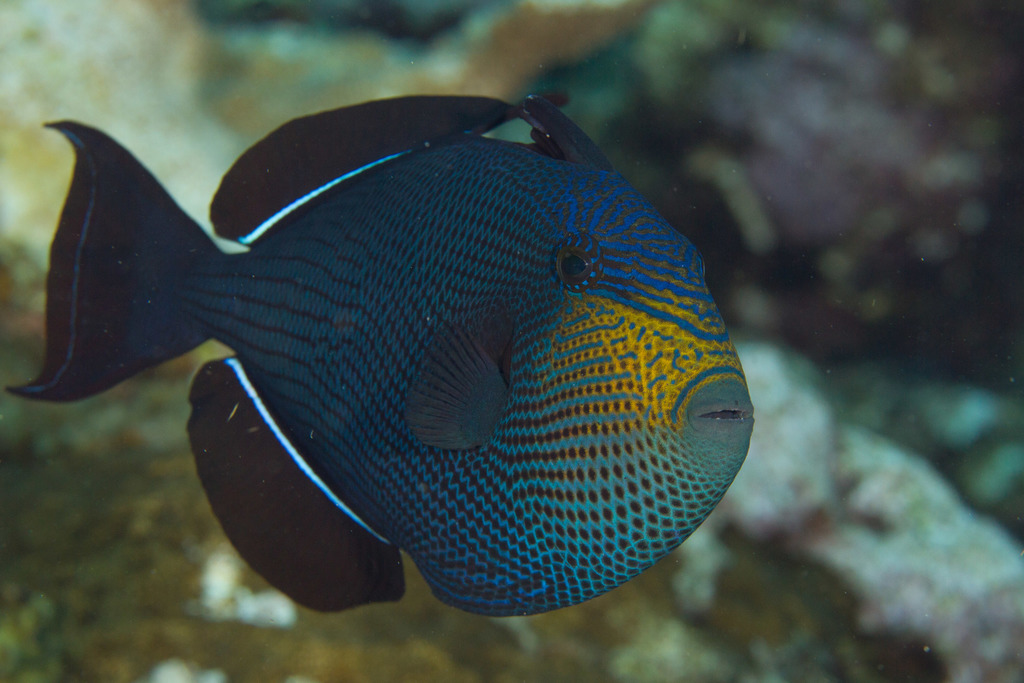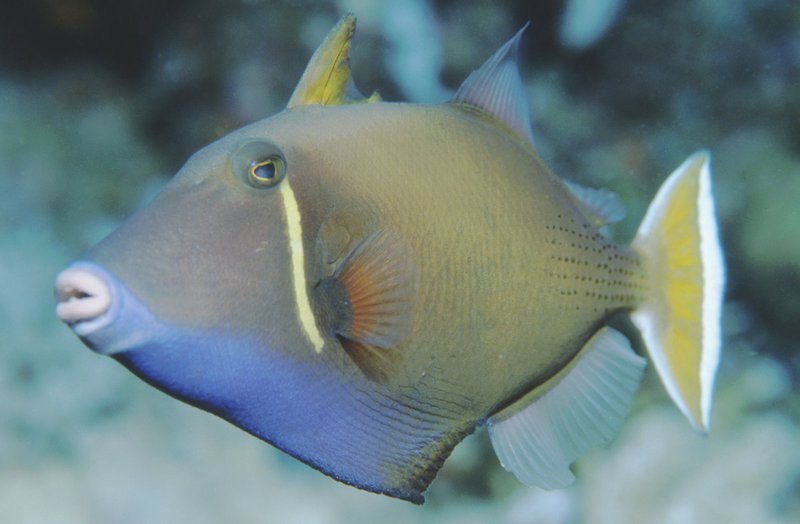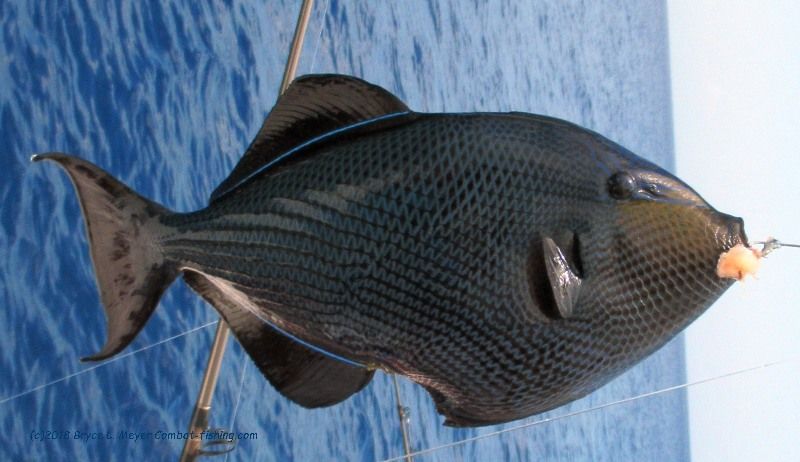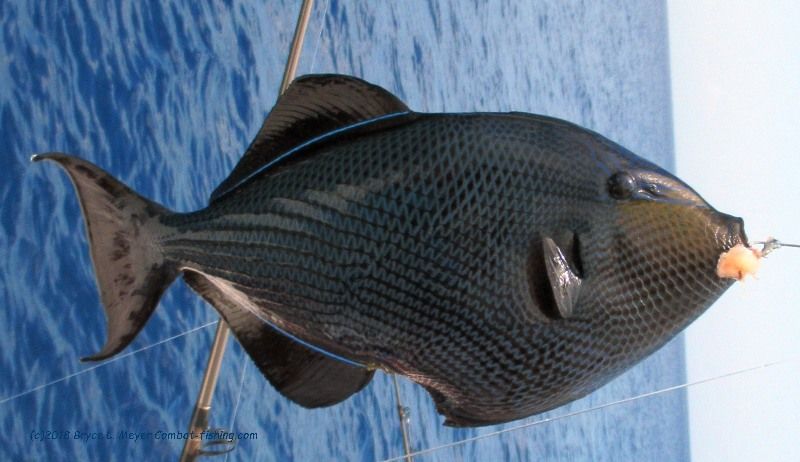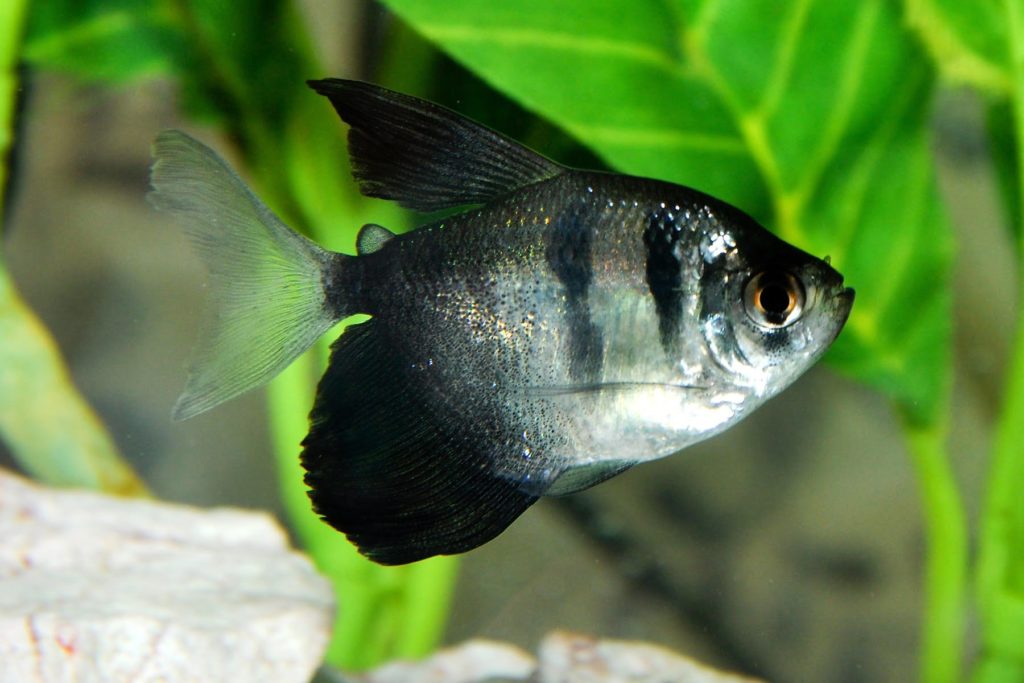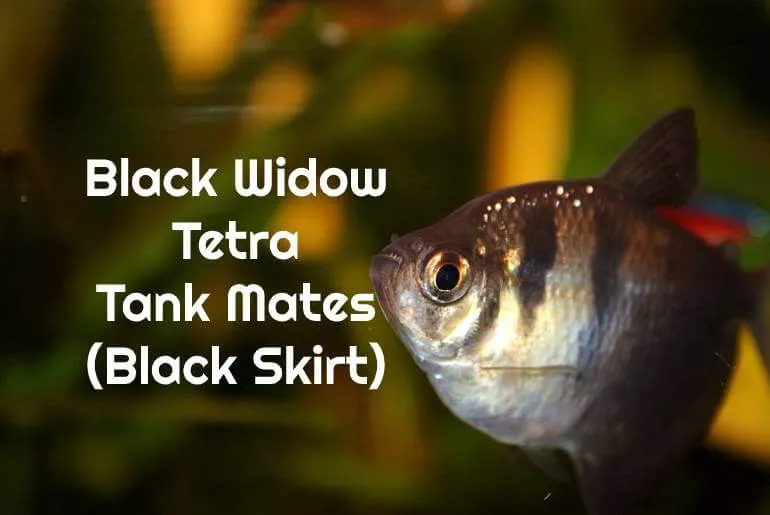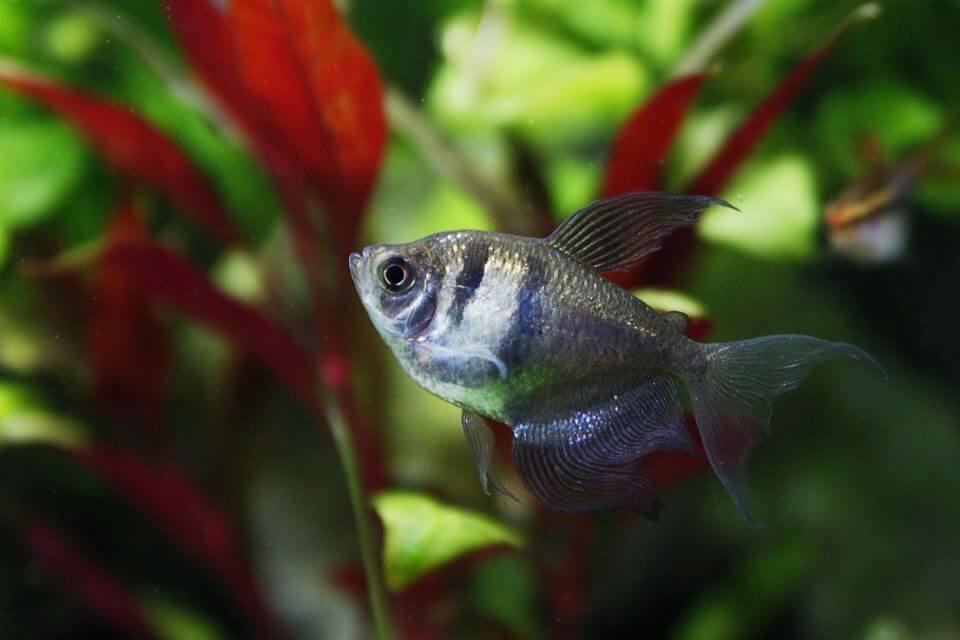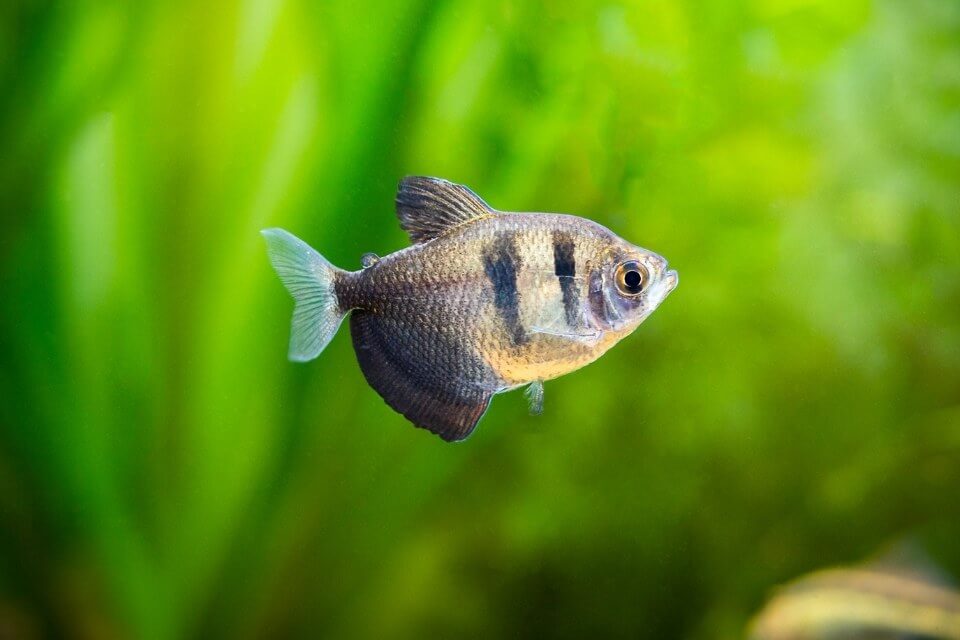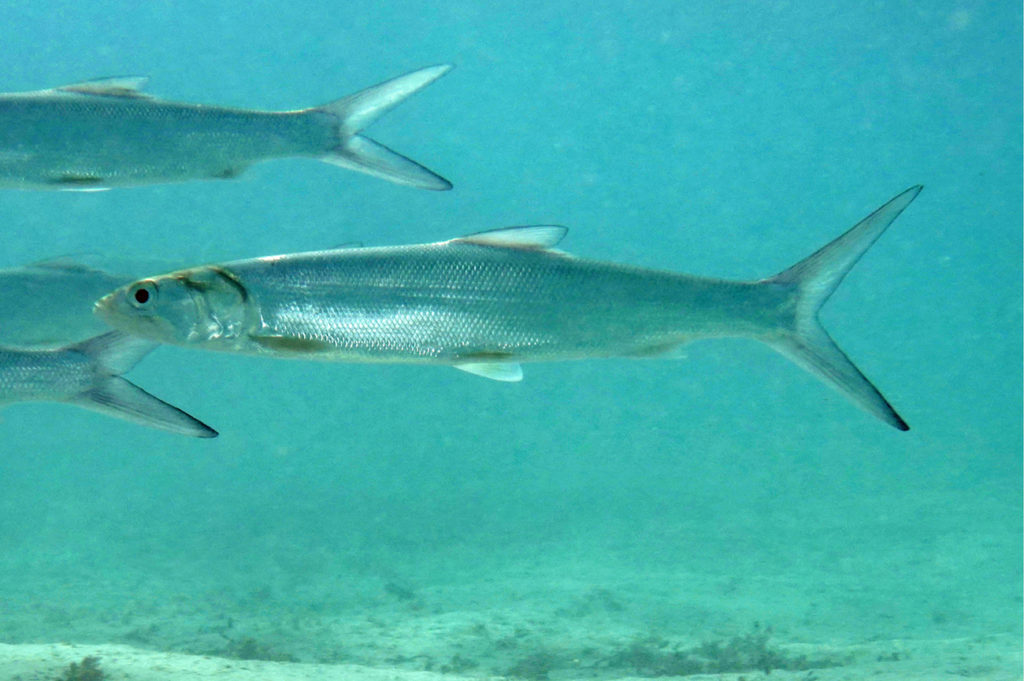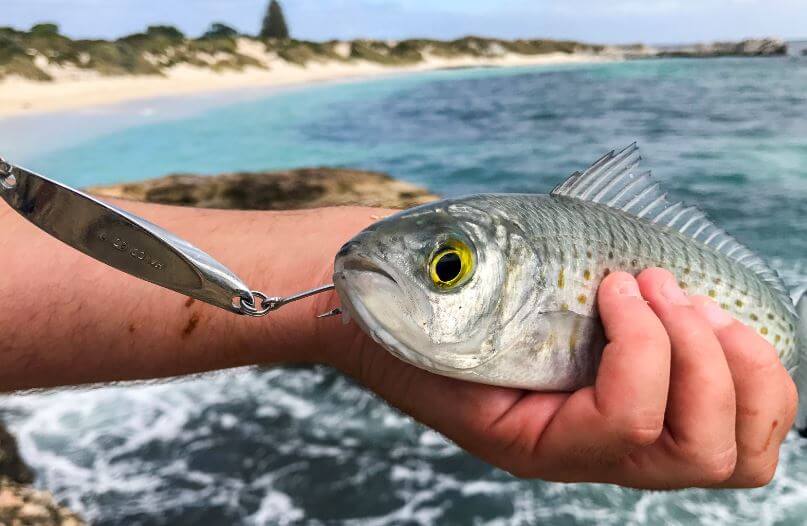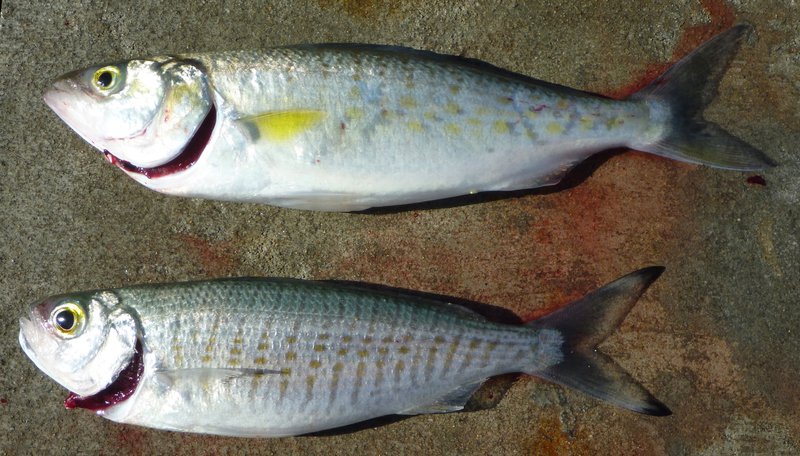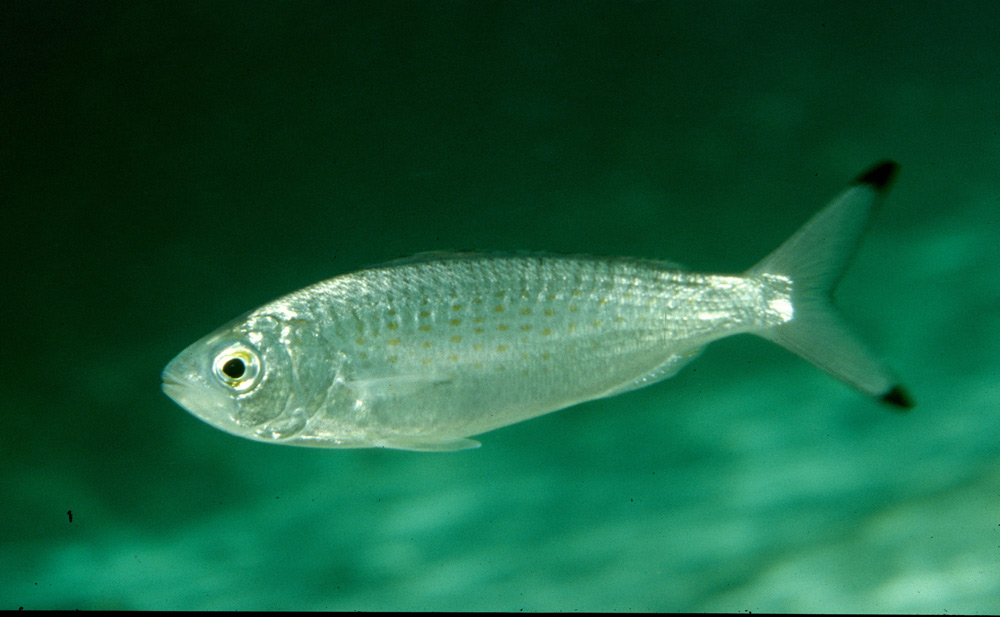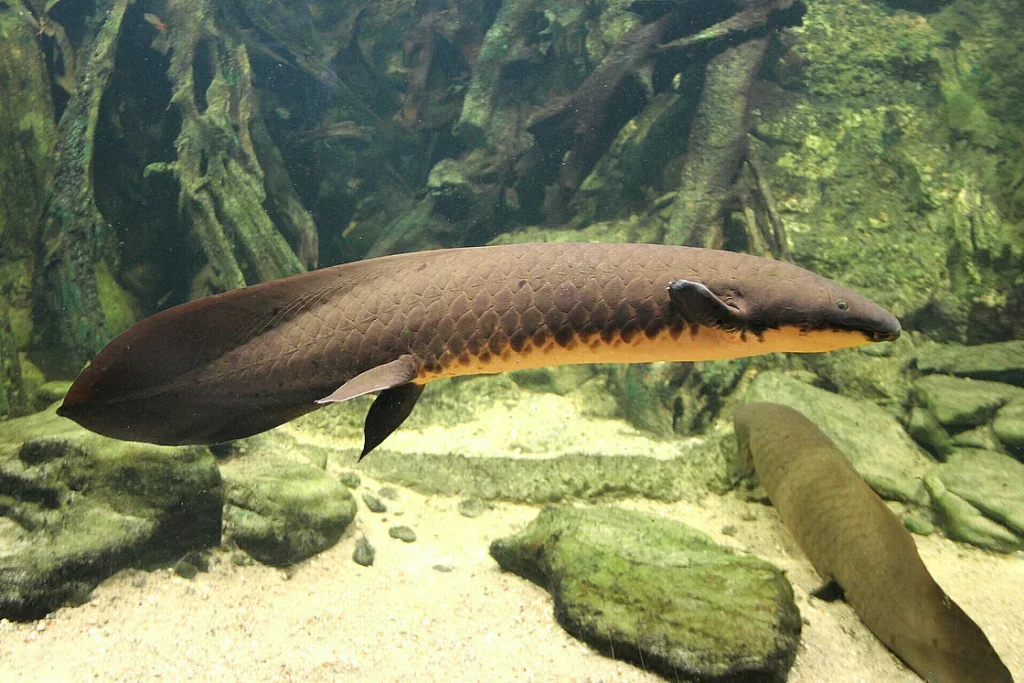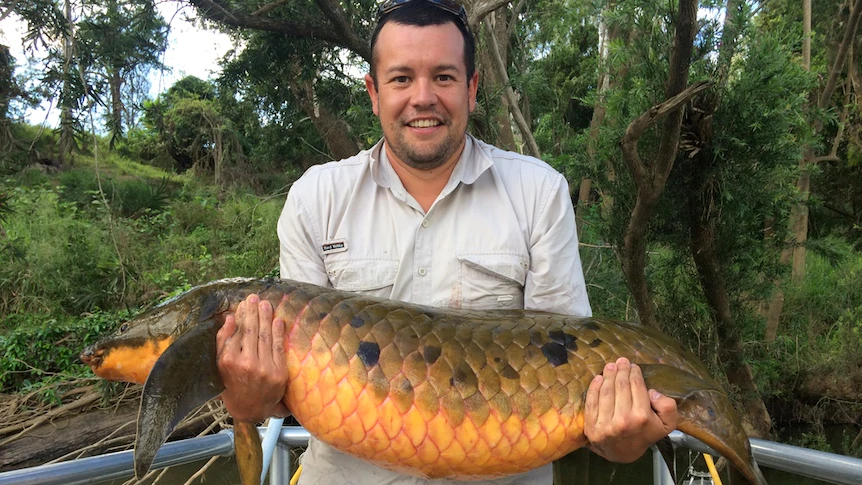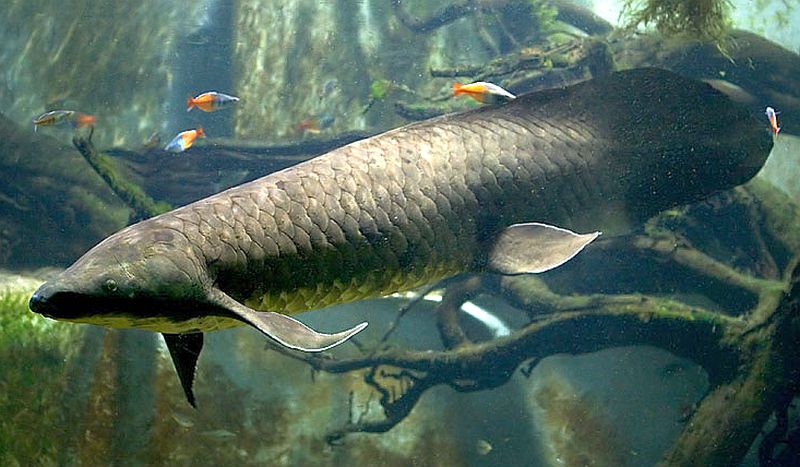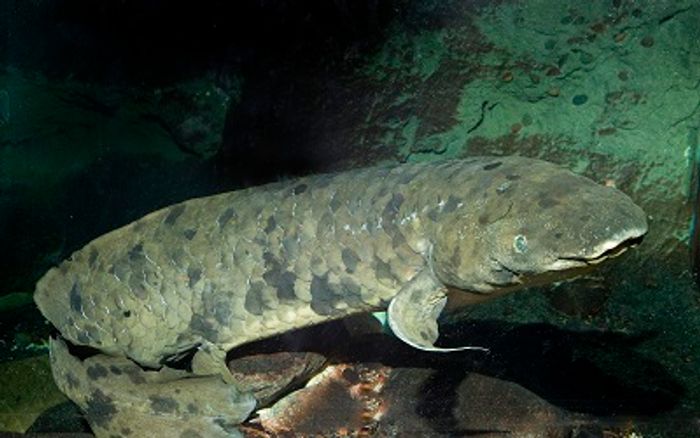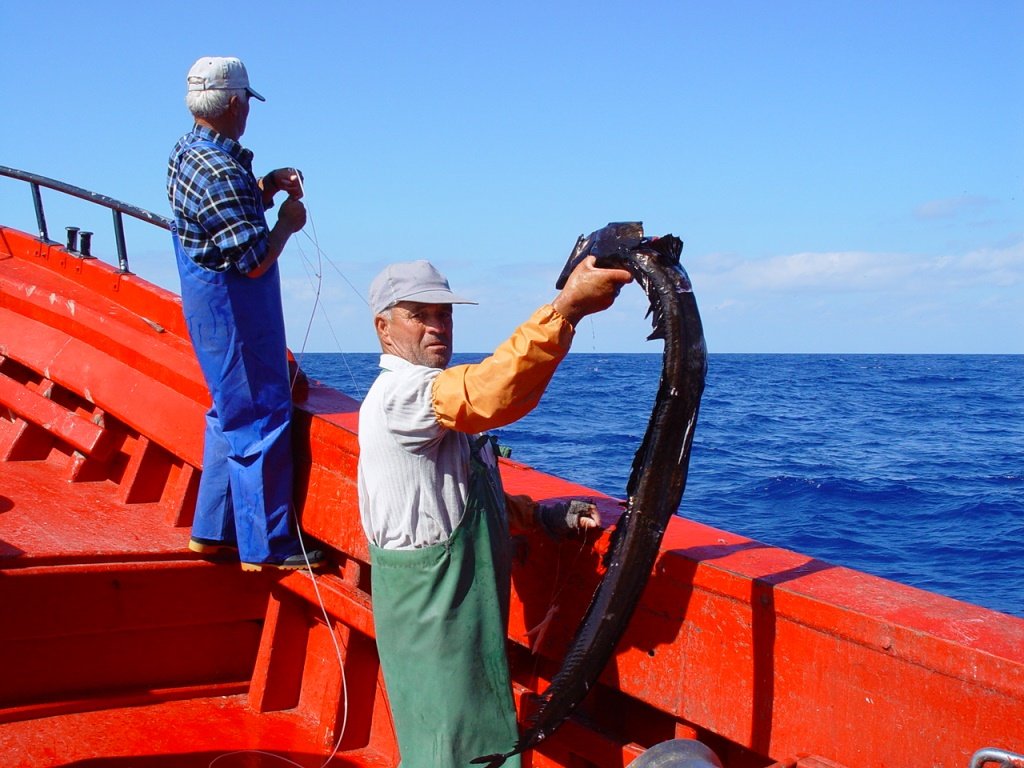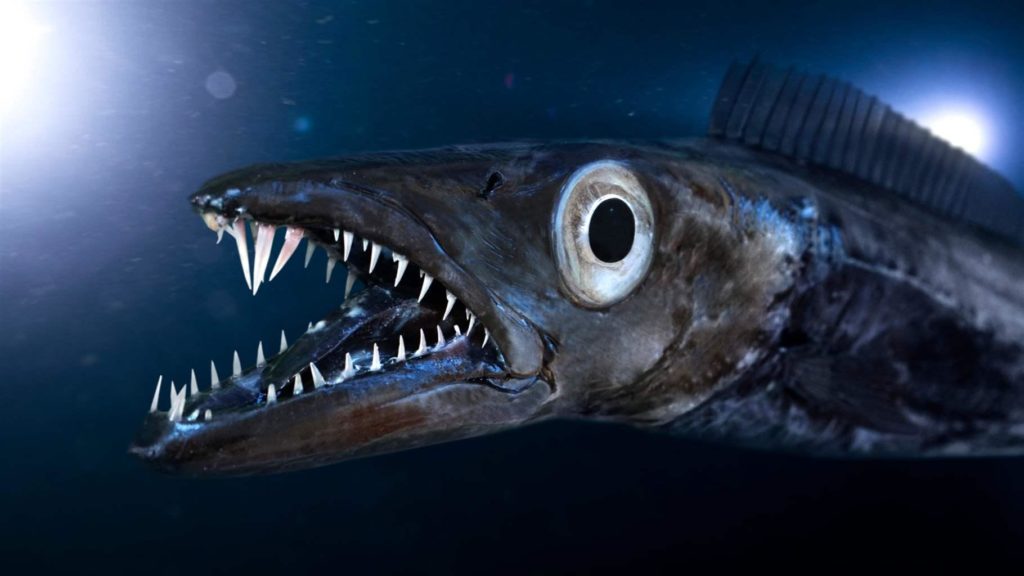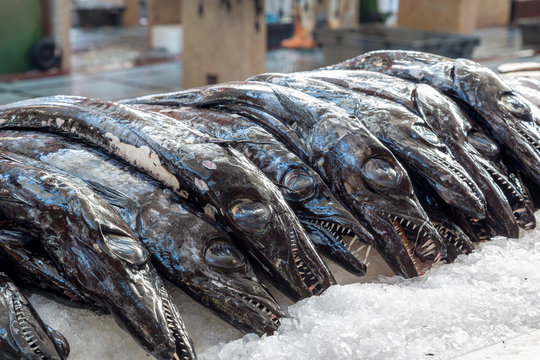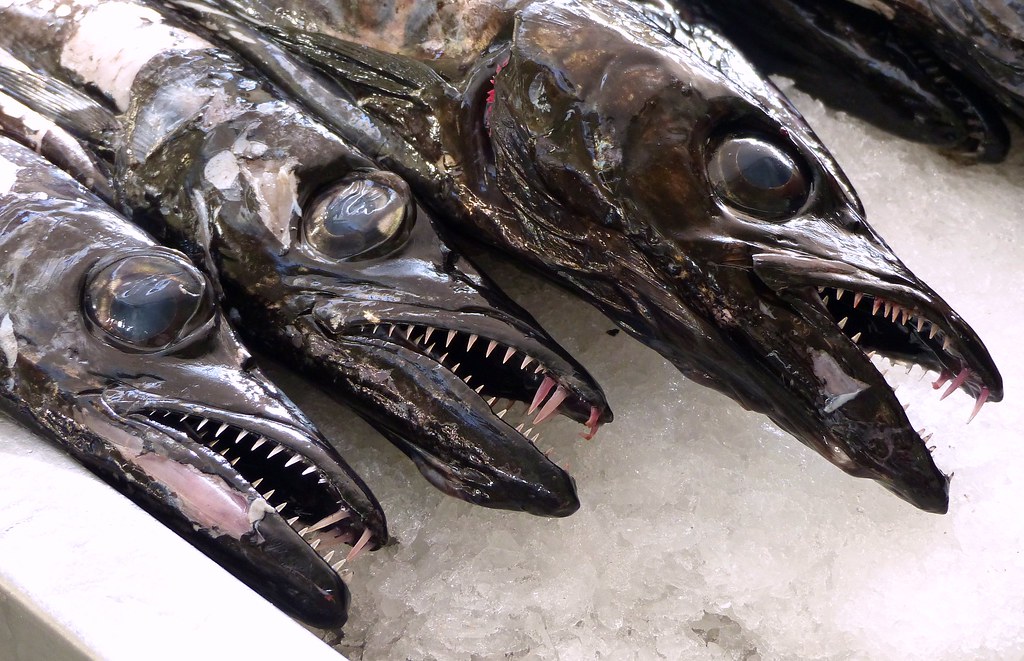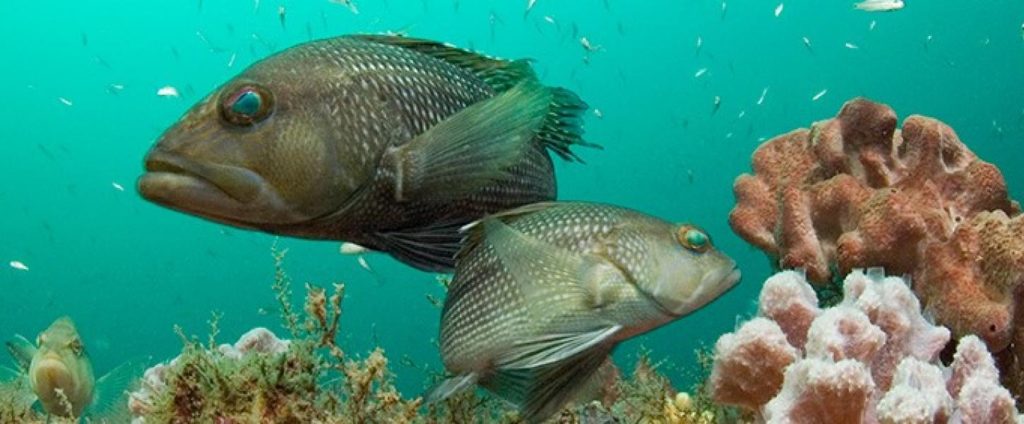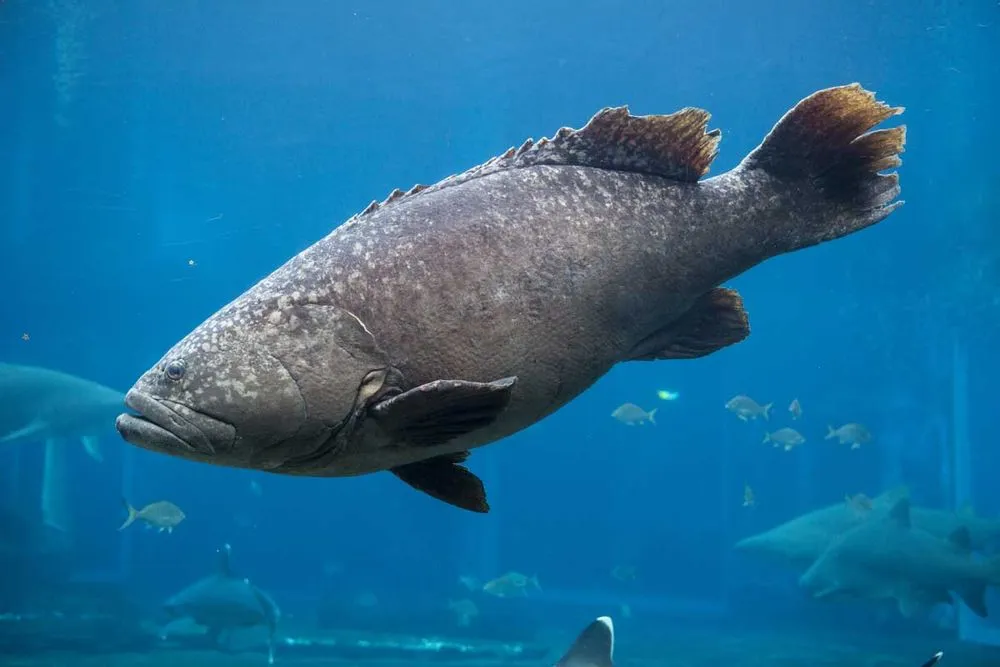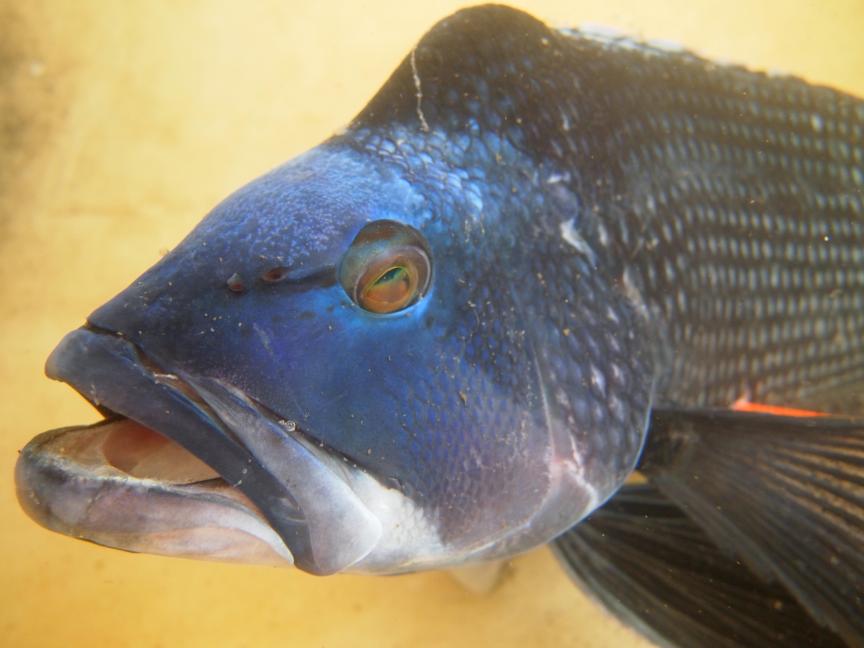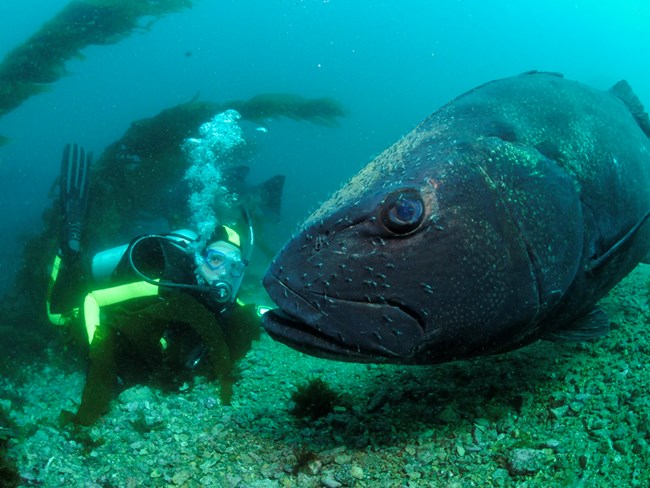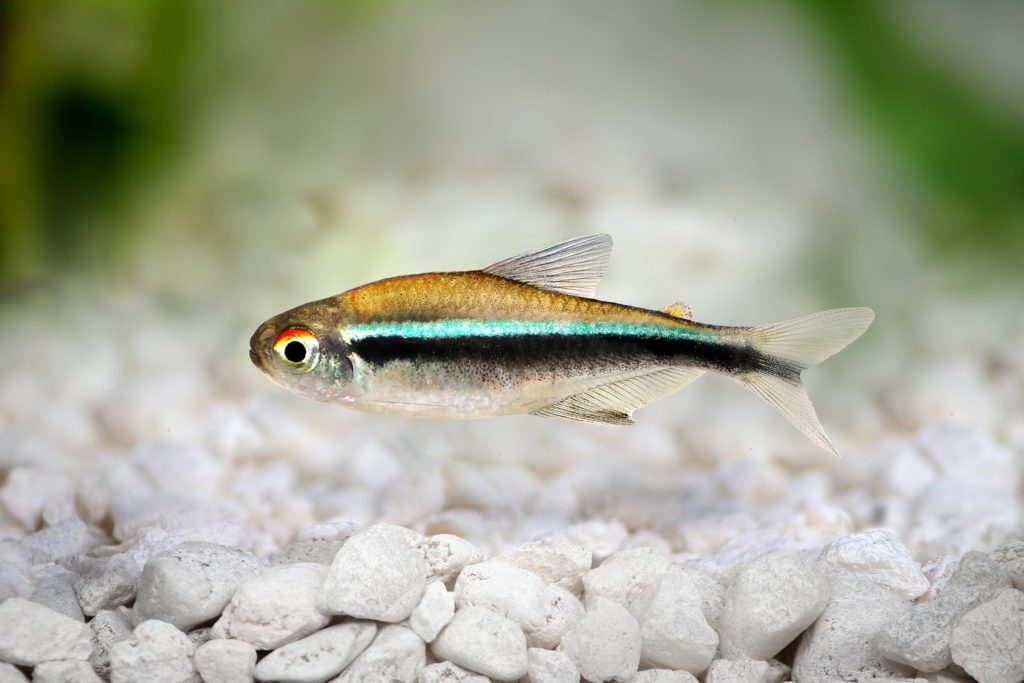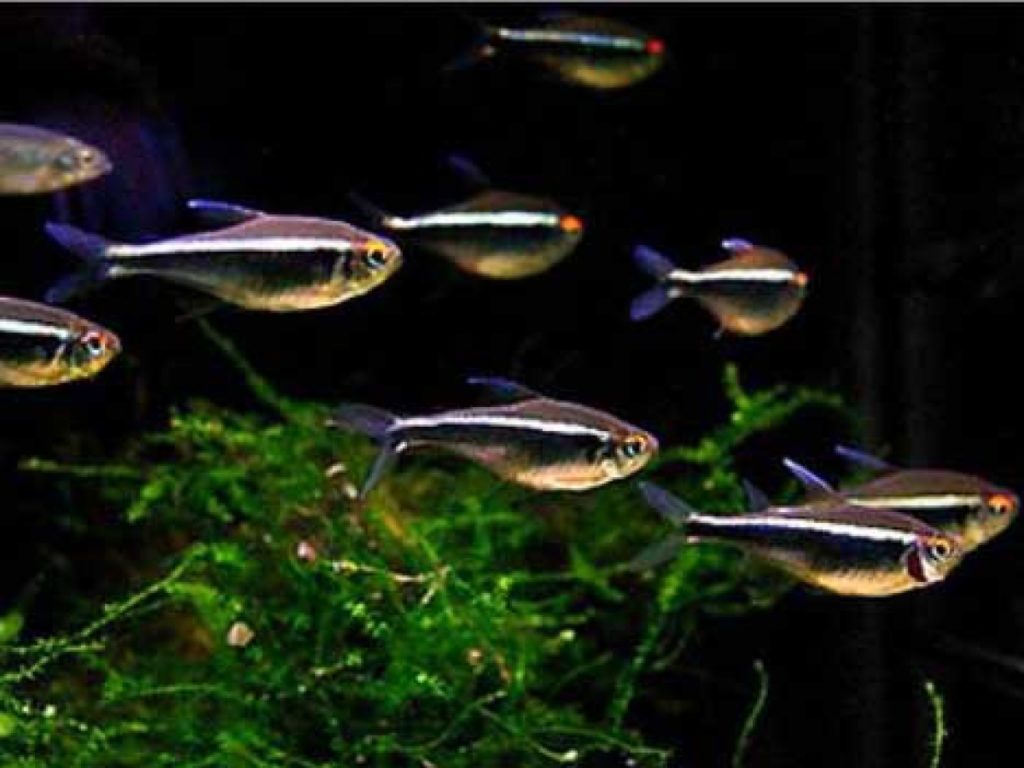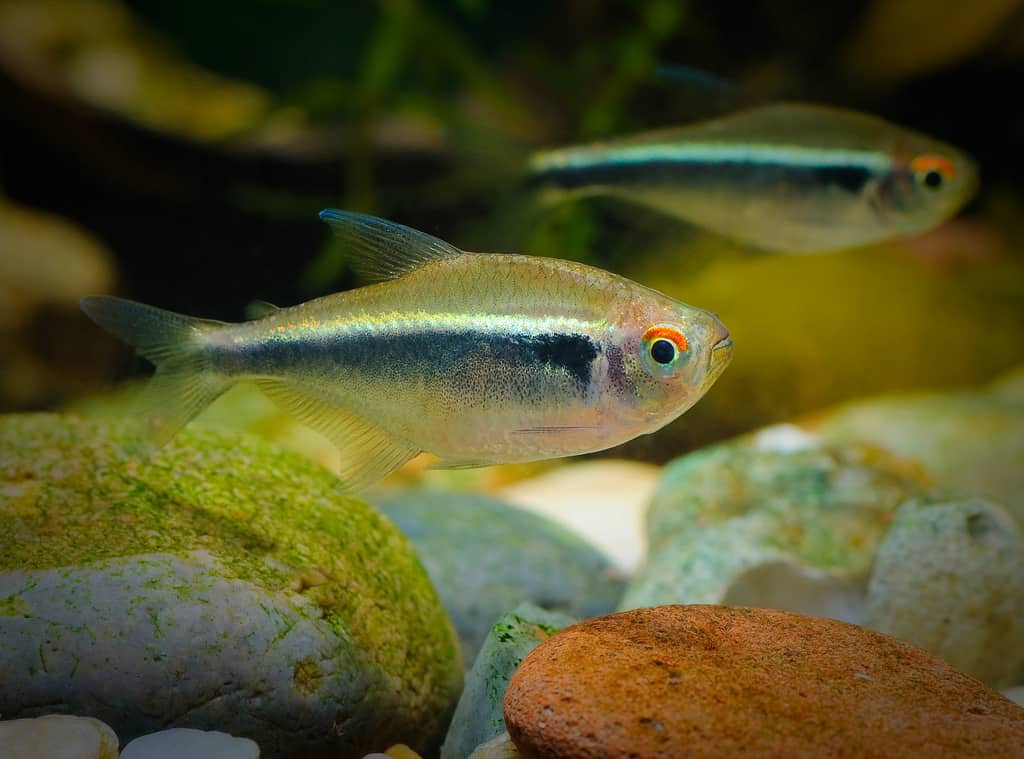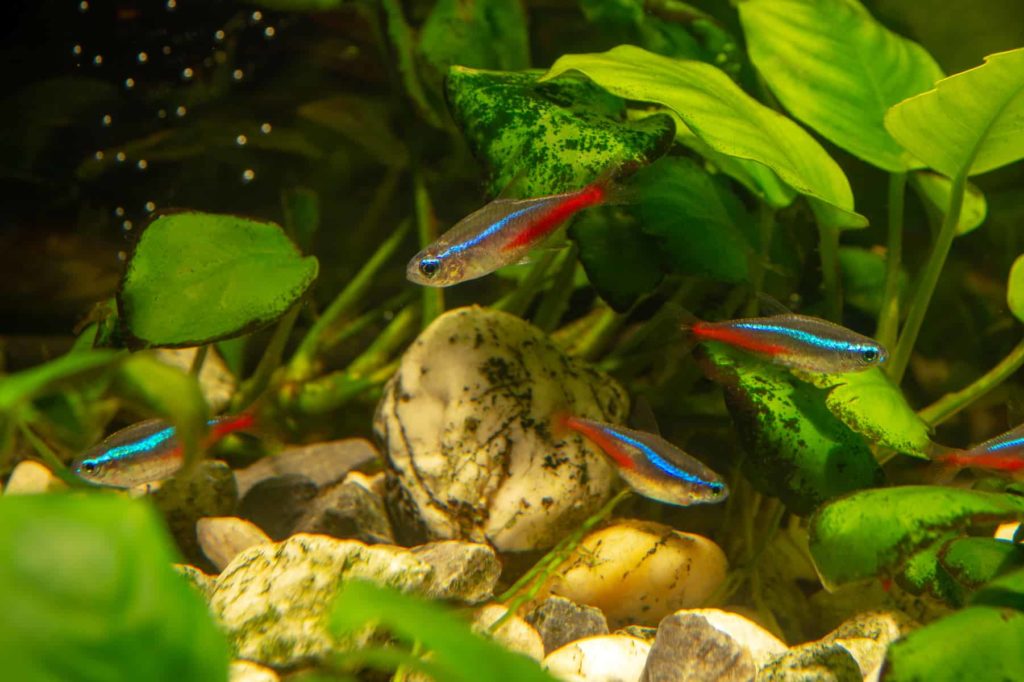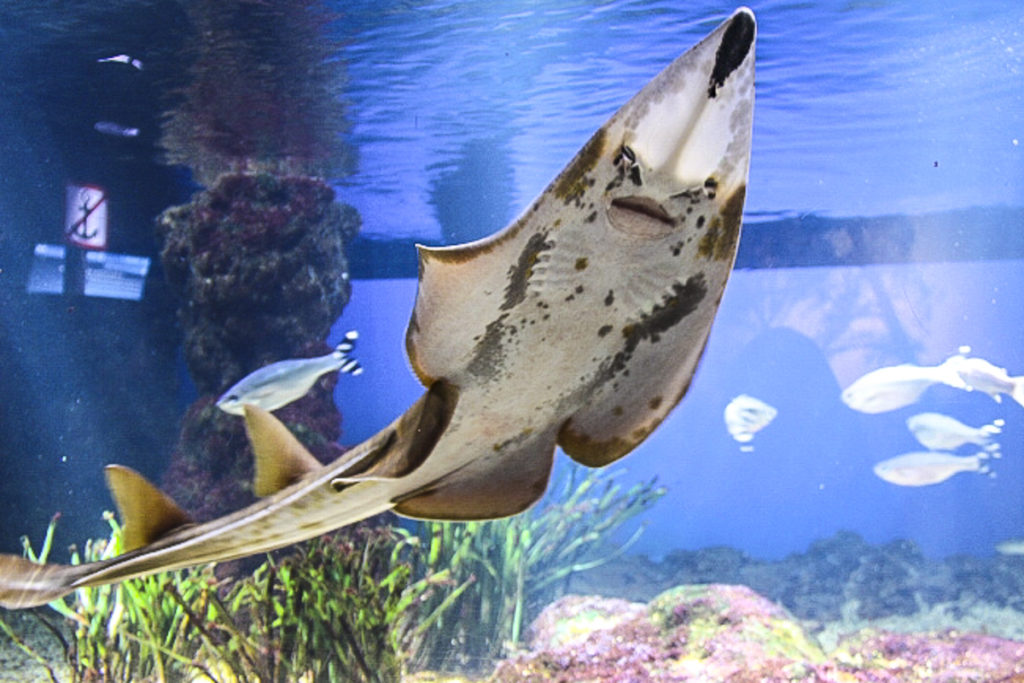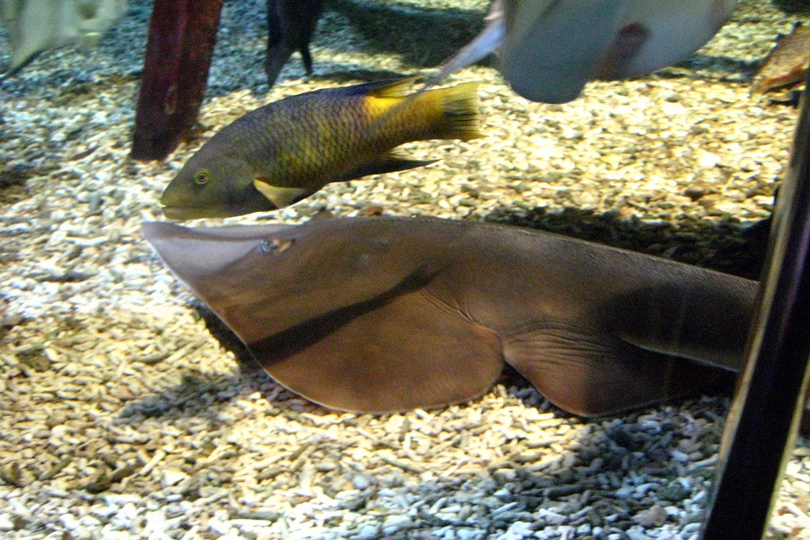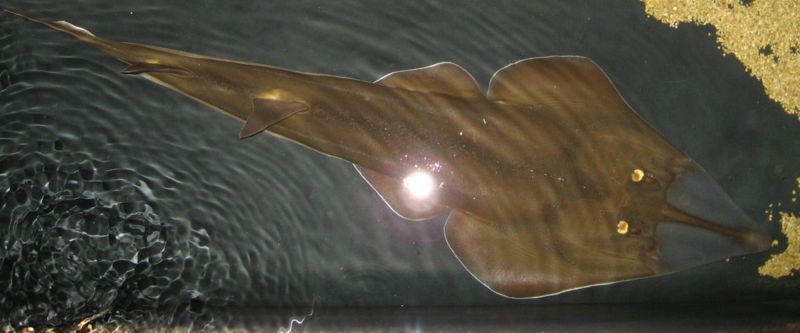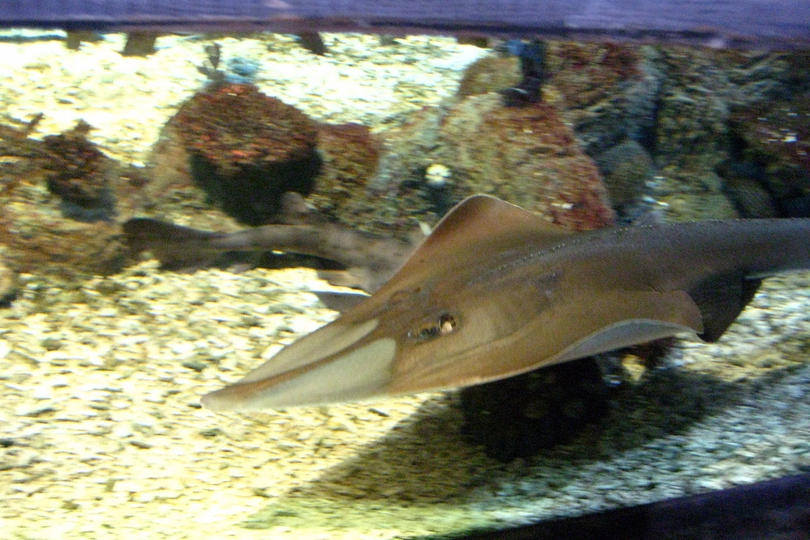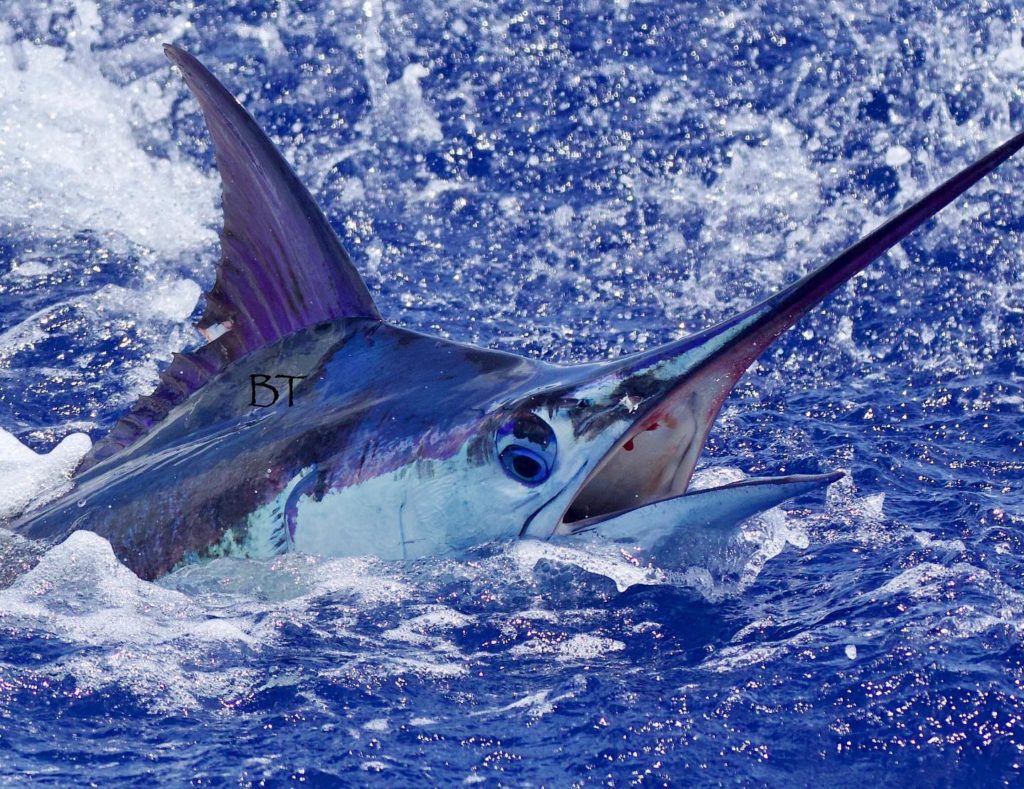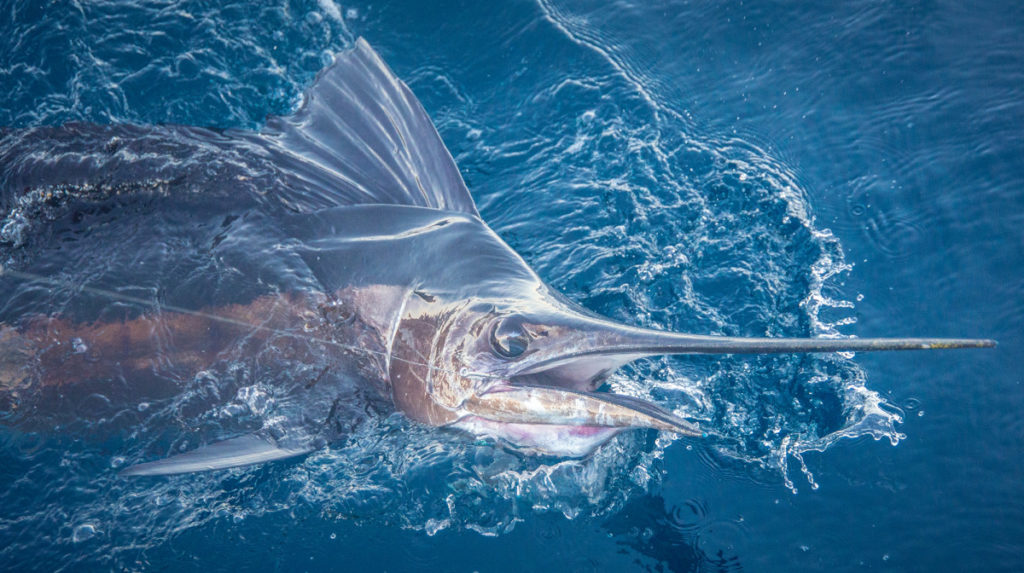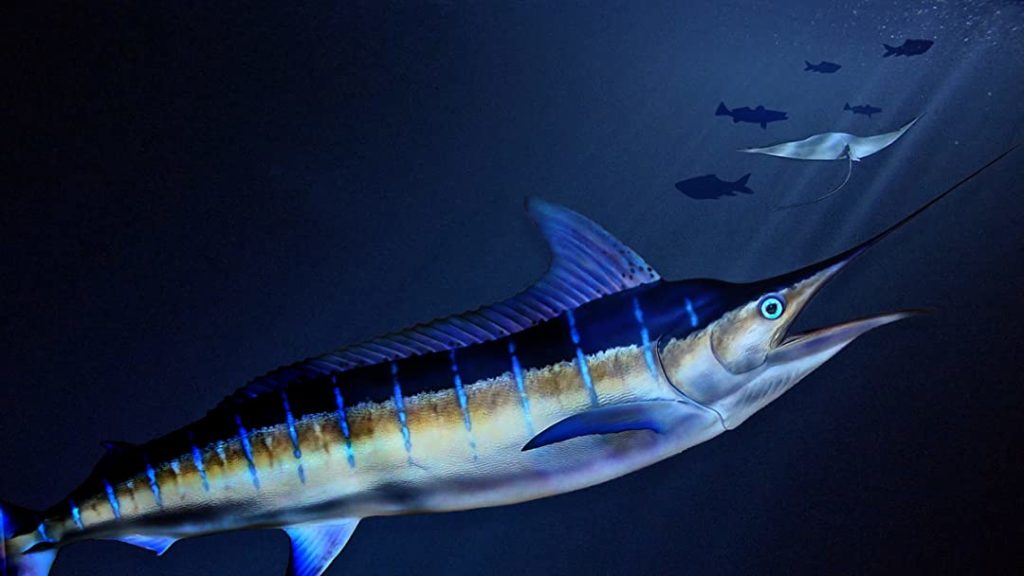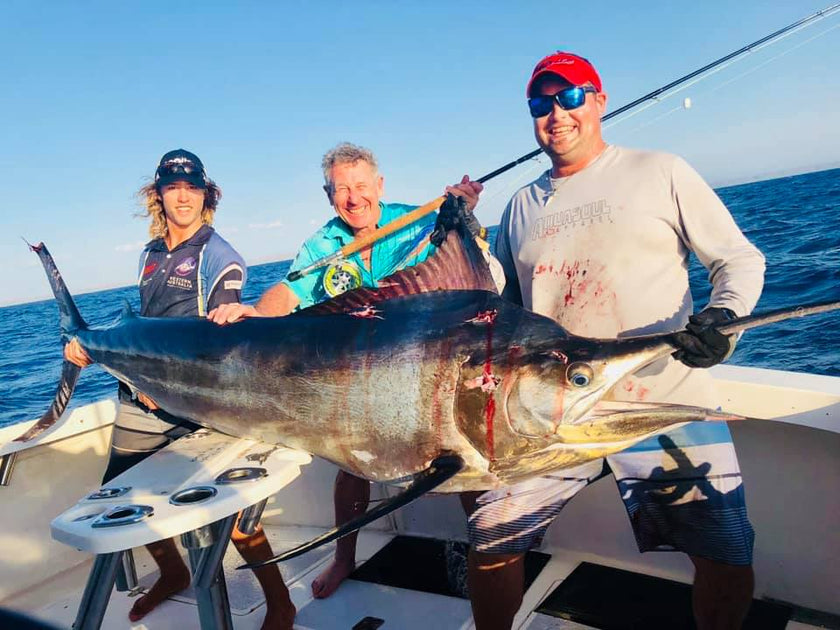Blenny Fish Breed – Blenny, any of the many and varied fishes of the Blennioidei suborder (order Perciformes). Blennies are small marine fish that can be found in tropical and cold waters. About six families are known as true blennies, and they are grouped under the order Blenniiformes, with blenniiformids as their members.
Within the order, there are approximately 151 genera and nearly 900 species. Blenny refers to a variety of fish species, including several families of percomorph marine, brackish, and freshwater fish with similar morphology and behavior. The blenniiformids look a lot like members of the goby and dragonet families, as well as a few other unrelated families whose members have been given the nickname “blenny” on occasion. Many blennies imitate the behavior of other animals. This mimicry allows the blenny to approach other fish up close.
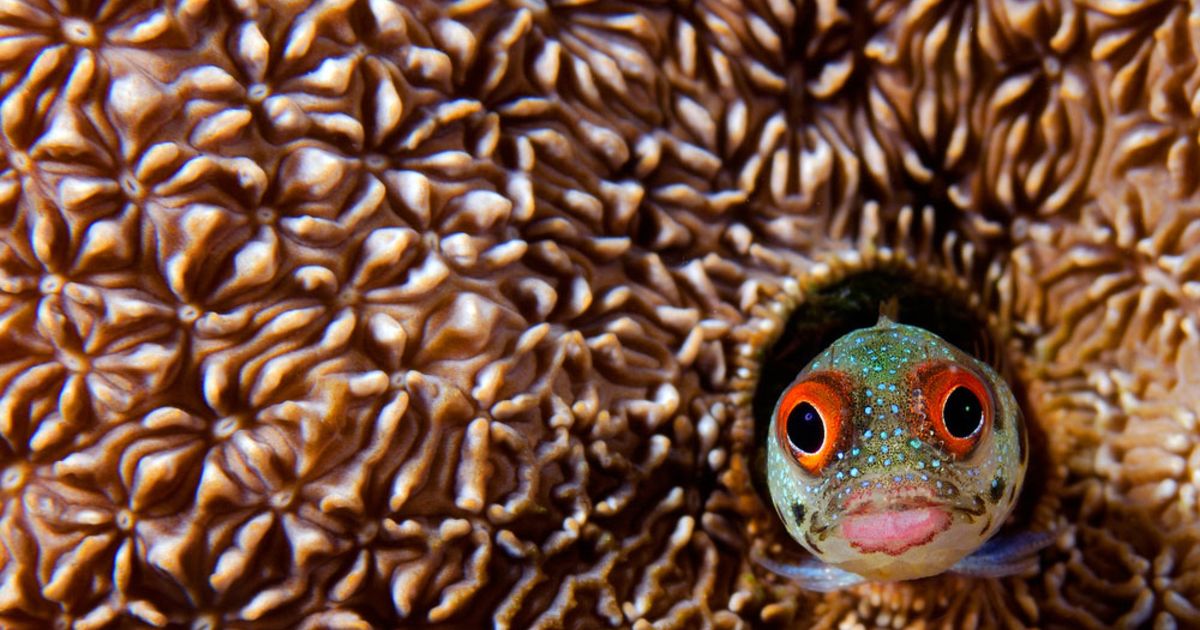
Distribution
True blennies are commonly found in coastal waters, where they are often abundant and easy to observe, making them the subject of numerous ecological and behavioral studies. The splitting of the Tethys Sea caused by the formation of the Isthmus of Panama, as well as Pliocene climate warming, are thought to have influenced the emergence and biodiversity of the Blenniiformes. The Blennidae and Tripterygiidae have global distributions, the Clinidae has a temperate distribution, and the remaining three families are predominantly Neotropical.
Body Description
- Blenniformids are small fish that have elongated bodies, some of which are almost eel-like, and large eyes and mouths.
- Blenniiformids have elaborate whisker-like structures called cirri on their blunt heads.
- Their dorsal fins are frequently continuous and long; the pelvic fins, which are located before the pectoral fins, usually have a single embedded spine and are short and slender.
- The tail fin is rounded and the fish can grow up to 55 cm in length. Blennies, unlike other common reef species, can have a dark or bright color pattern.
Depending on the species of blenny, they may be uniformly colored or mottled to blend in with their surroundings. Males and females of some blenny species are color dimorphic, with males being darker than females. However, many species lack obvious external cues. Female blennies are occasionally larger than males. They are, however, united by characteristics such as a long dorsal fin and, if present, pelvic fins that are located near the throat and comprise one spine and two to four rays.
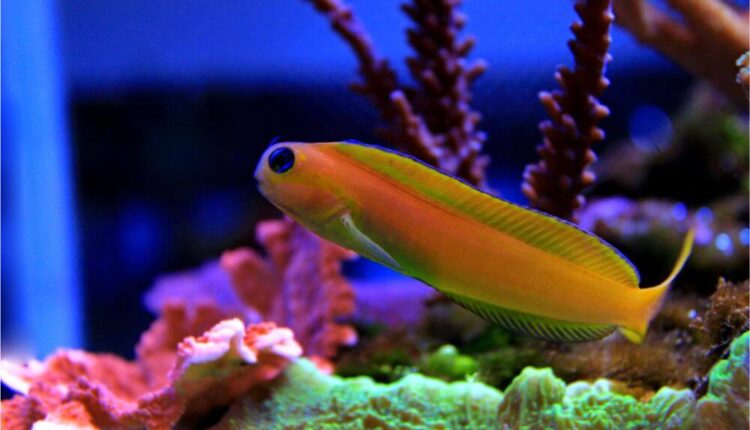
Behavior
Venomous blenny species belong to the genus Meiacanthus. They have poisonous fangs that they use to defend themselves. Blennies are semi-aggressive fish that get along with a lot of other semi-aggressive community reef fish. They are not coral predators, but they will hunt small plankton on algae and live rock surfaces. Blennies prefer to have their own territory, so they don’t get along well with small, similar-minded species.
Habitat
Blenniiformids are benthic fish that spend much of their time on or near the seafloor; many are solitary and may burrow in sandy substrates or live in crevices in reefs, riverbeds, or even empty mollusk shells. Some blennies also called rock-hoppers, jump out from water onto rocks to get to other pools. Blennies rely on a secretive style of living when it comes to predation, hiding on the seafloors in shallow water and having cryptic coloration.
Feeding
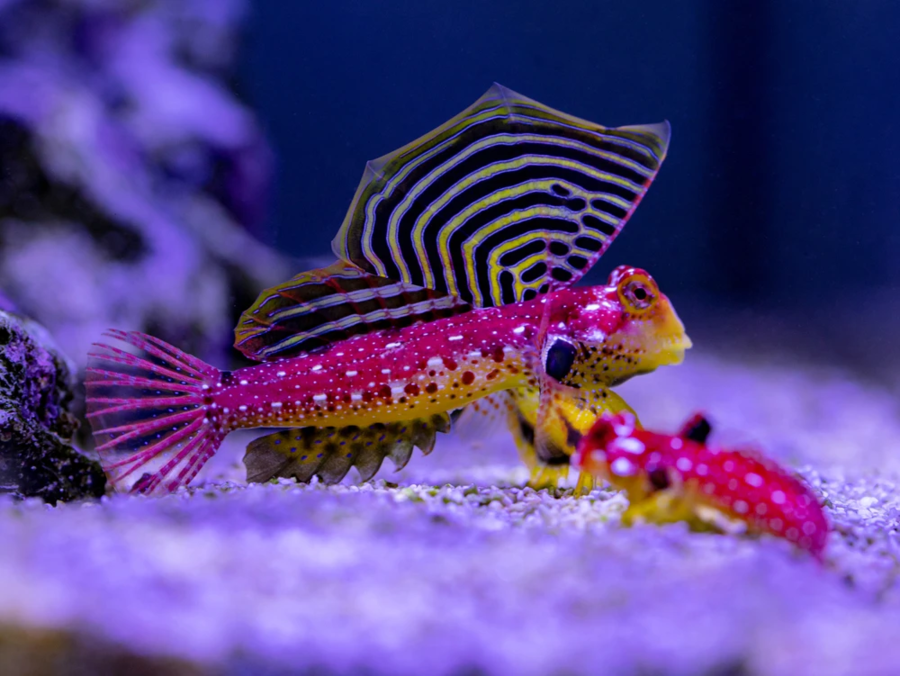
Despite the fact that many species are detritivorous, that is, they eat dead plant and animal matter, some are primarily herbivorous, while others are partial to completely carnivorous. Bottom-dwelling fishes are known as blennies.
Breeding
One or more female blennies may be courted by a single male blenny. The male may tend to the eggs once the females have laid them in a communal nest. Within seven to ten days, the larvae hatch. Harems can form, with one male reproducing with several females.

